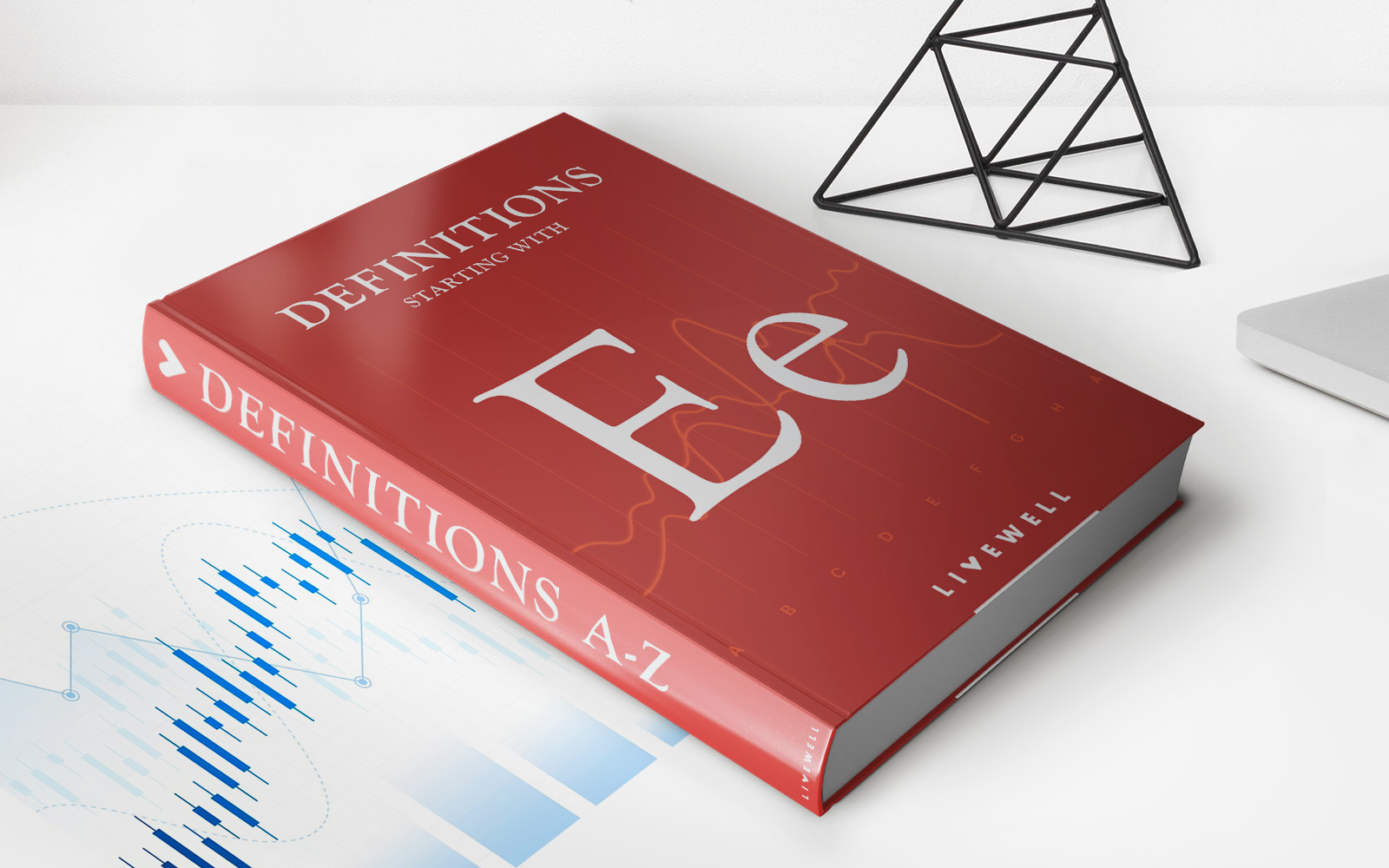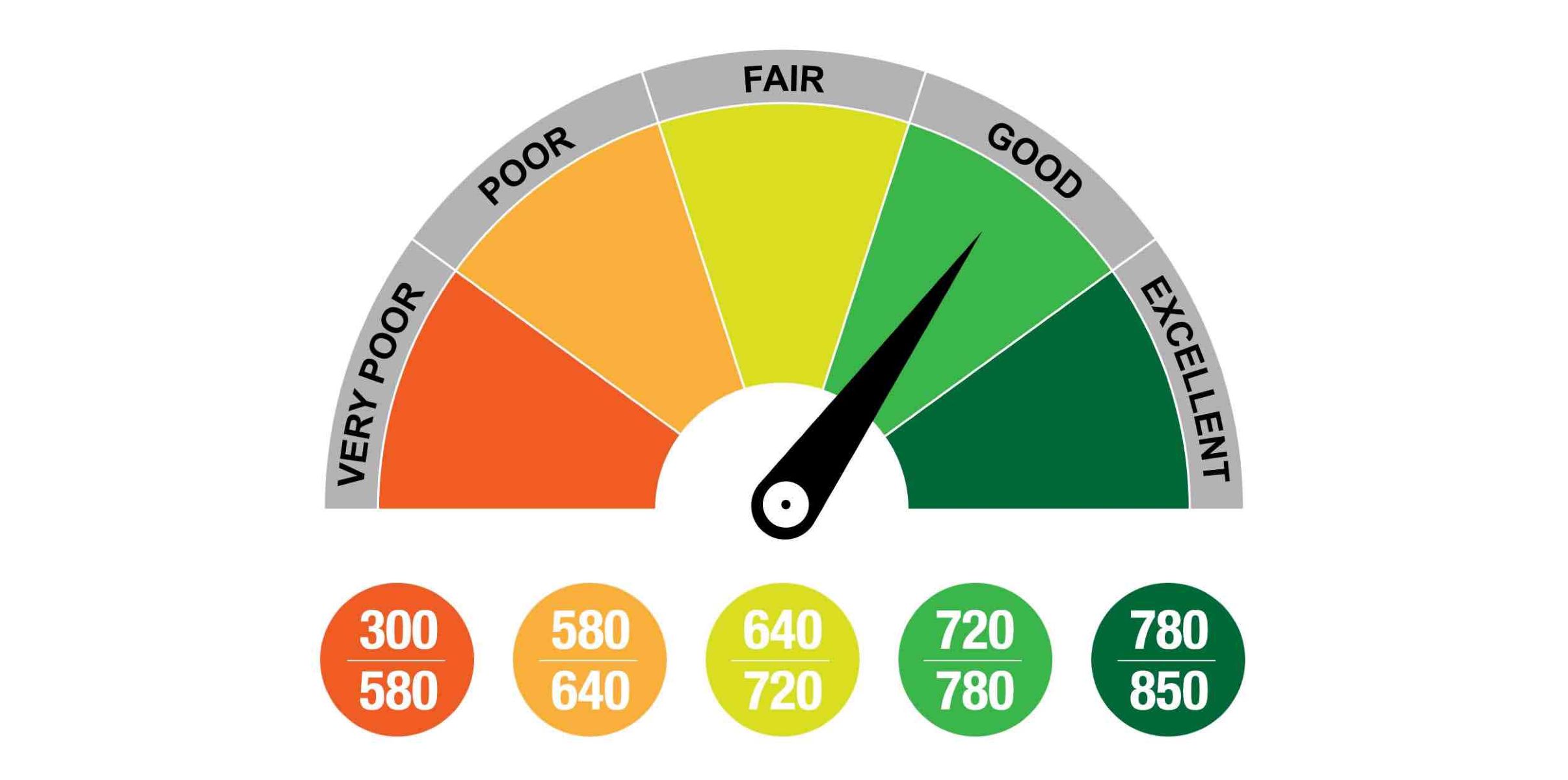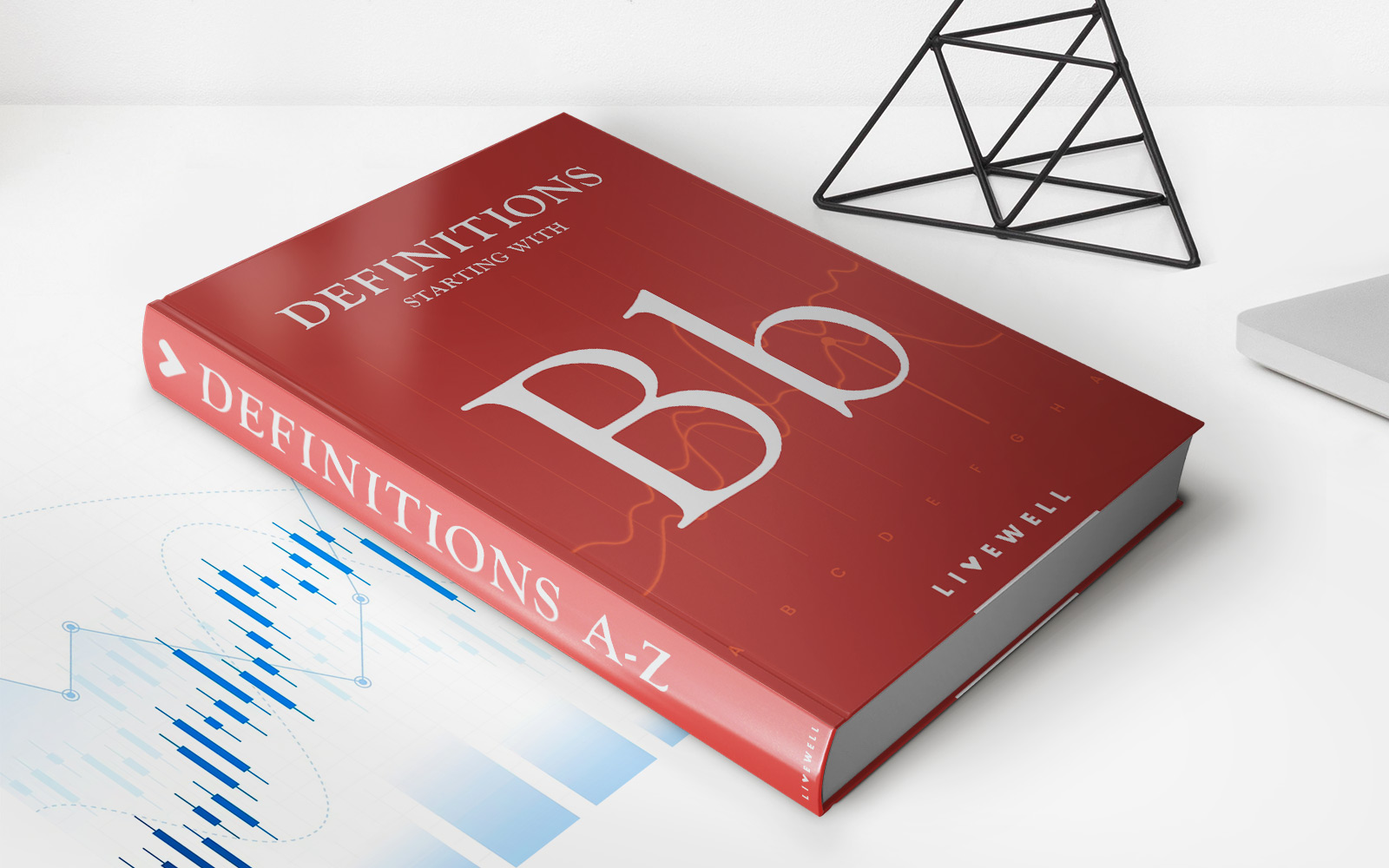

Finance
What Are Sundries In Accounting
Published: October 9, 2023
Discover the meaning and importance of sundries in accounting and how they impact the finance industry. Learn how to effectively manage sundries for financial success.
(Many of the links in this article redirect to a specific reviewed product. Your purchase of these products through affiliate links helps to generate commission for LiveWell, at no extra cost. Learn more)
Table of Contents
Introduction
Welcome to the world of accounting, where every transaction is meticulously recorded and analyzed. In the realm of finance, accuracy is paramount. Accountants strive to capture every detail and ensure that no information is missed. One term you may come across in accounting is “sundries.” But what exactly are sundries in accounting?
Sundries, in the context of accounting, refer to miscellaneous or miscellaneous items. These are transactions or expenses that do not fit into specific categories or have their own separate classification. They are often small or irregular in nature, making them difficult to categorize under a specific account. Instead, they are grouped together as sundries, representing various expenses or transactions that don’t fit neatly into other predefined accounts.
Sundries can include anything from small purchases, one-time expenses, or miscellaneous fees that do not fall under any other specific account. They are the catch-all category for those transactions that are not significant enough to warrant their own separate account. Despite their seemingly unimportant nature, sundries play a crucial role in accounting.
As an accountant or financial professional, it is essential to understand and properly handle sundries. Each transaction must be accurately recorded, and even those small, miscellaneous expenses can have an impact on the overall financial picture of a business or individual. Ignoring or neglecting sundries can lead to inaccuracies in financial statements, making it difficult to get a clear and complete view of an entity’s financial performance.
In the following sections of this article, we will delve deeper into the definition of sundries in accounting, highlight their importance in financial management, provide examples of sundries in various scenarios, discuss how to record sundries, and analyze their impact on financial statements.
So, let’s proceed to explore the world of sundries in accounting and discover their significance in the realm of finance.
Definition of Sundries in Accounting
In accounting, sundries refer to miscellaneous items or expenses that do not fall into specific categories. They are often small or irregular in nature and do not have their own separate classification. Instead, they are grouped together as sundries, representing various transactions or expenses that cannot be easily categorized under a specific account.
Sundries can encompass a wide range of items, such as small purchases, one-time expenses, or unexpected fees. They are considered miscellaneous because they do not fit neatly into predefined accounts. Instead, they are recorded as sundries to account for these miscellaneous items.
It is important to note that the term “sundries” is more commonly used in certain countries, particularly those following the British accounting terminology. In the United States, for example, similar items may be referred to as “miscellaneous expenses” or “other expenses.” Despite the variation in terminology, the concept remains the same – sundries represent those transactions or expenses that are not easily classified under specific accounts.
Sundries can arise in various scenarios, such as when a small amount of cash is spent on office supplies, a one-time repair is made to equipment, or an unexpected fee is incurred. These transactions may not significantly impact the financial statement on their own, but collectively, they can still affect the overall financial picture of an entity.
By grouping sundries together, accountants can ensure that all transactions are properly accounted for, even those that do not fit into predetermined categories. It allows for a more comprehensive and accurate representation of the financial position and performance of a business or individual.
Now that we have a clear understanding of the definition of sundries in accounting, let’s explore why they are important and how they are handled in financial management.
Importance of Sundries in Accounting
Although sundries may seem insignificant compared to larger and more noticeable transactions, they play a crucial role in accounting and financial management. Here are some reasons why sundries are important:
- Completeness: Sundries ensure that all transactions, even those that do not fit into predefined categories, are accurately recorded. This ensures that the financial statements provide a complete and comprehensive view of the entity’s financial position and performance.
- Accuracy: Even small expenses or miscellaneous items can contribute to the overall financial picture. By classifying these transactions as sundries, accountants maintain an accurate representation of the financial activities of the entity.
- Transparency: Including sundries in the financial statements increases transparency and allows stakeholders to have a clearer understanding of the organization’s financial activities. It demonstrates the commitment to capturing and reporting all transactions, regardless of their size or significance.
- Budgeting and Planning: Sundries can provide valuable insights when budgeting and planning for future expenses. By examining historical sundries, organizations can identify trends, recurring expenses, or potential areas for cost-cutting.
- Tax Compliance: Sundries are vital when it comes to tax compliance. Including all relevant expenses, even those that may seem insignificant, ensures accurate reporting and prevents potential issues with tax authorities.
Accountants and financial professionals must pay attention to sundries and ensure they are properly recorded and accounted for. While each individual sundry may not have a significant impact on financial statements, collectively they can influence the overall financial performance of an entity.
With the importance of sundries established, let’s move on to exploring some examples of sundries that can occur in accounting.
Examples of Sundries in Accounting
Sundries encompass a wide range of miscellaneous transactions or expenses that do not fit neatly into other predefined accounts. Here are some examples of sundries in accounting:
- Small Cash Purchases: These can include minor office supplies, snacks for the break room, or other small items that are not considered significant enough to warrant their own separate accounts. For instance, if a company spends $20 on pens, paper clips, and sticky notes, this expense can be recorded as a sundry.
- One-Time Repairs or Maintenance: Let’s say a business unexpectedly experiences a plumbing issue and needs to hire a plumber for a one-time repair. Since this type of expense is not a recurring cost, it can be recorded as a sundry rather than creating a separate account for it.
- Bank Charges and Fees: Miscellaneous bank fees, such as wire transfer fees or service charges, can be classified as sundries. These charges are often small and sporadic, making them suitable for grouping together under this category.
- Freight and Shipping Expenses: If a company incurs small shipping or freight charges for irregular shipments, such as samples or promotional materials, these expenses can be recorded as sundries rather than creating a separate account for each shipment.
- Travel Expenses: Occasionally, employees may incur small travel expenses, such as parking fees or meal expenses. Instead of creating multiple categories for each individual expense, these can be grouped together under sundries.
These examples demonstrate how sundries encompass various small, irregular, or miscellaneous transactions that do not have their own allocated accounts. By classifying them as sundries, accountants can maintain accurate records of these expenses and ensure that they are properly accounted for in the financial statements.
Now that we have explored some examples of sundries, let’s move on to understanding how to record sundries in accounting.
Recording Sundries in Accounting
Recording sundries in accounting is essential to ensure accurate financial reporting. Although sundries are miscellaneous transactions or expenses that do not fit into specific categories, they still need to be properly accounted for. Here are the steps to record sundries in accounting:
- Identify the sundry: Determine the nature of the transaction or expense that falls under sundries. This could be a small cash purchase, a one-time repair, a bank fee, or any other miscellaneous item that does not fit into predefined accounts.
- Create a sundries account: Set up a separate account specifically for sundries in the chart of accounts. This account will serve as the catch-all category to record miscellaneous transactions. It is essential to give this account an appropriate name that reflects its purpose, such as “Sundries” or “Miscellaneous Expenses.”
- Record the sundry: When a sundry transaction occurs, record it in the general ledger by debiting or crediting the sundries account depending on the nature of the transaction. Ensure that the amount is accurately entered, along with proper supporting documentation such as receipts or invoices.
- Provide a brief description: Include a brief description or reference to the sundry transaction to provide clarity and facilitate future analysis or reconciliation.
- Regularly reconcile the sundries account: Periodically review and reconcile the sundries account to ensure that all transactions are accurately recorded and categorized. This helps maintain the integrity of financial statements and provides an opportunity to identify any errors or inconsistencies.
Properly recording sundries ensures that no transaction goes unnoticed or unaccounted for, even if it does not fit into a specific category. It allows for a more comprehensive view of an entity’s financial activities and avoids misrepresentation of financial information.
Now that we understand how to record sundries in accounting, let’s move on to analyzing the impact of sundries on financial statements.
Analyzing Sundries in Accounting
While sundries may appear to be small and insignificant transactions, analyzing their impact on financial statements is important for a comprehensive understanding of the financial position and performance of an entity. Here are a few key aspects to consider when analyzing sundries in accounting:
- Total Sundries: Calculate the total amount of sundries recorded over a specific period. This allows you to assess the overall impact of miscellaneous transactions on the financial statements. Although each individual sundry may be small, the cumulative effect can be significant.
- Trend Analysis: Look for patterns or trends in the occurrence of sundries. Analyzing historical data can help identify any recurring expenses or irregularities that may require attention or further investigation. This analysis can assist in budgeting and forecasting future sundries as well.
- Expense Classification: Examine the nature of sundries recorded to ensure that they have been appropriately classified. Double-check that miscellaneous expenses have been allocated to the correct accounts and that no material transactions have been erroneously categorized as sundries.
- Comparative Analysis: Compare the percentage of sundries to the total expenses or revenue recorded. This analysis can provide insights into the proportion of miscellaneous transactions compared to the overall financial activities of the entity. It helps determine if the level of sundries is within expectations or if further investigation is needed.
- Impact on Financial Ratios: Assess the impact of sundries on key financial ratios. Although individually small, sundries can affect ratios such as profitability, liquidity, and efficiency if they accumulate over time or if there are significant one-time sundry expenses. This analysis gives a more holistic view of the financial health of the business.
By analyzing sundries in accounting, stakeholders can gain a deeper understanding of the financial performance and potential areas of improvement. It allows for better decision-making, budgeting, and overall financial management.
Now that we have explored the analysis aspect, let’s conclude our discussion on sundries in accounting.
Conclusion
Sundries may be small and miscellaneous transactions or expenses in accounting, but they hold significant importance in financial management. They represent those items or transactions that do not fit neatly into predefined accounts and may seem insignificant on their own. However, when grouped together, sundries provide a comprehensive view of an entity’s financial activities and contribute to accurate financial reporting.
By properly recording sundries in the appropriate account, accountants ensure completeness, accuracy, and transparency in financial statements. Sundries are not to be overlooked, as they can impact budgeting, tax compliance, and overall financial analysis.
Examples of sundries include small cash purchases, one-time repairs or maintenance, bank charges and fees, freight and shipping expenses, and travel expenses. Each of these items, when recorded as sundries, contributes to the overall financial picture of an entity, no matter how small they may seem individually.
Analyzing sundries involves considering the total amount recorded, identifying trends and patterns, ensuring proper classification, conducting comparative analysis, and assessing their impact on financial ratios. These analyses provide valuable insights into the financial health and performance of the entity.
In conclusion, sundries may be the catch-all category for miscellaneous transactions, but they play a vital role in accounting. Accountants must diligently record, classify, and analyze sundries to maintain accurate financial records and make informed financial decisions. Sundries ensure that no transaction goes unnoticed and contribute to a comprehensive understanding of the financial position and performance of a business or individual.
So, the next time you come across sundries in accounting, remember their significance in capturing the full financial picture and the value they bring to the world of finance.














